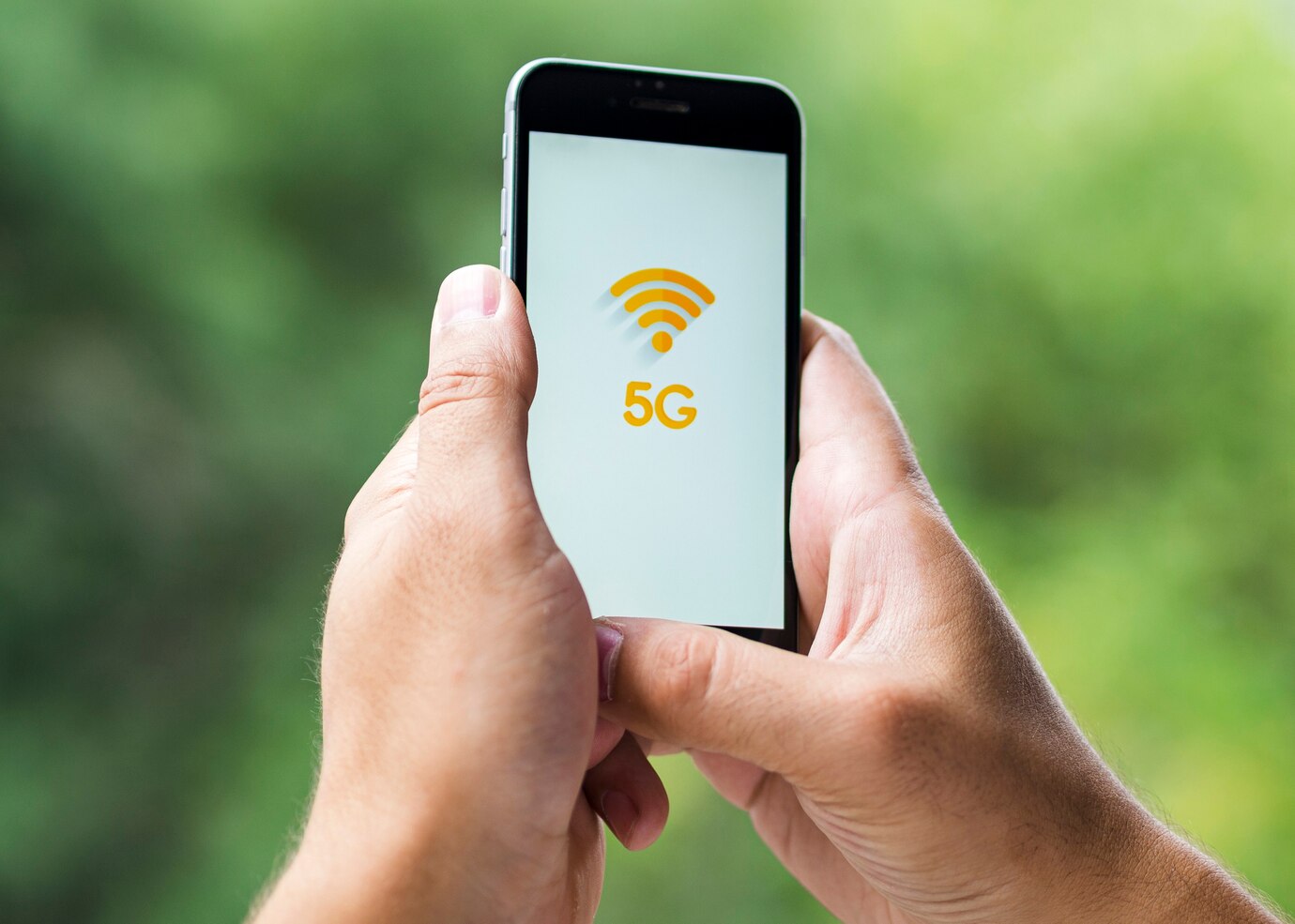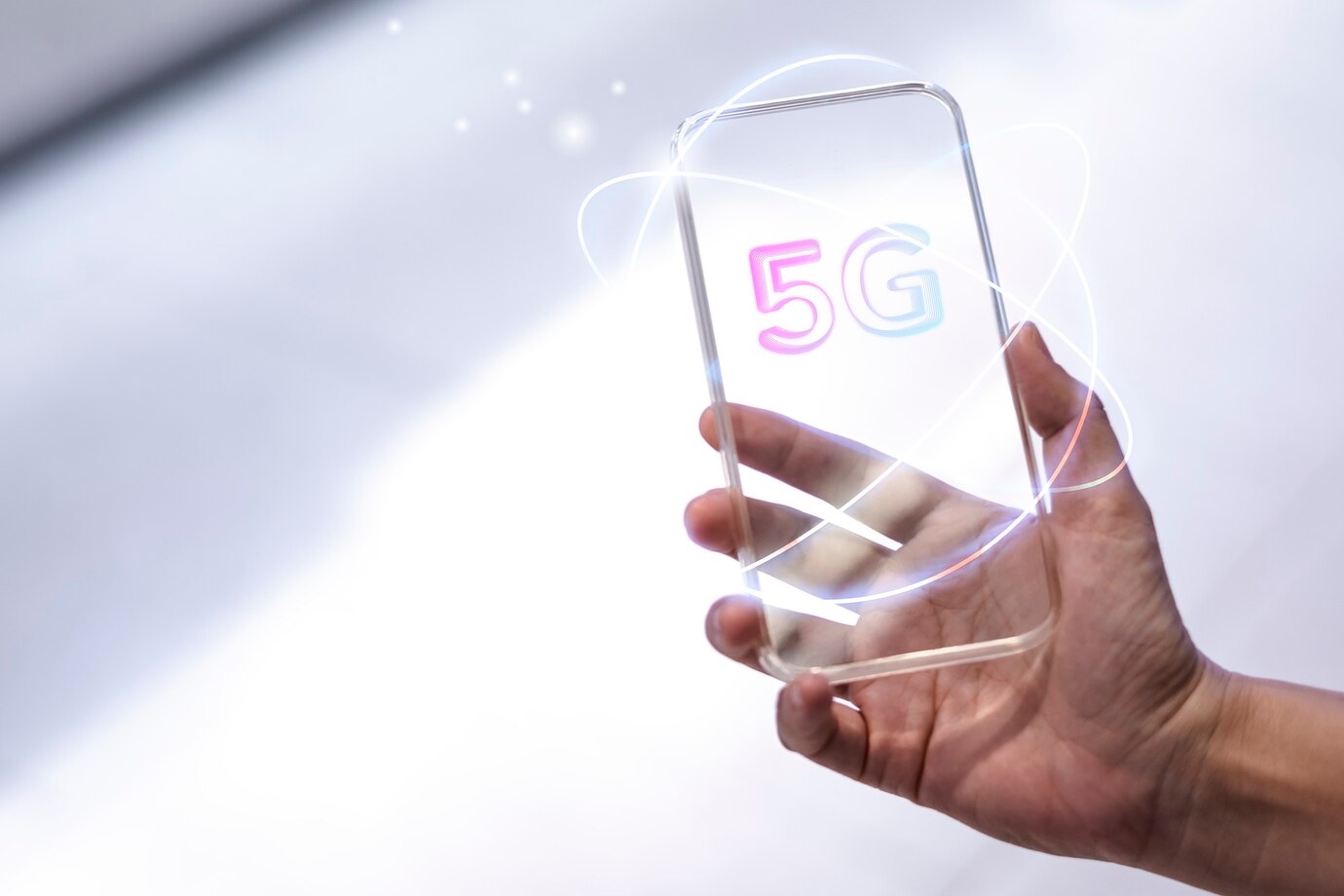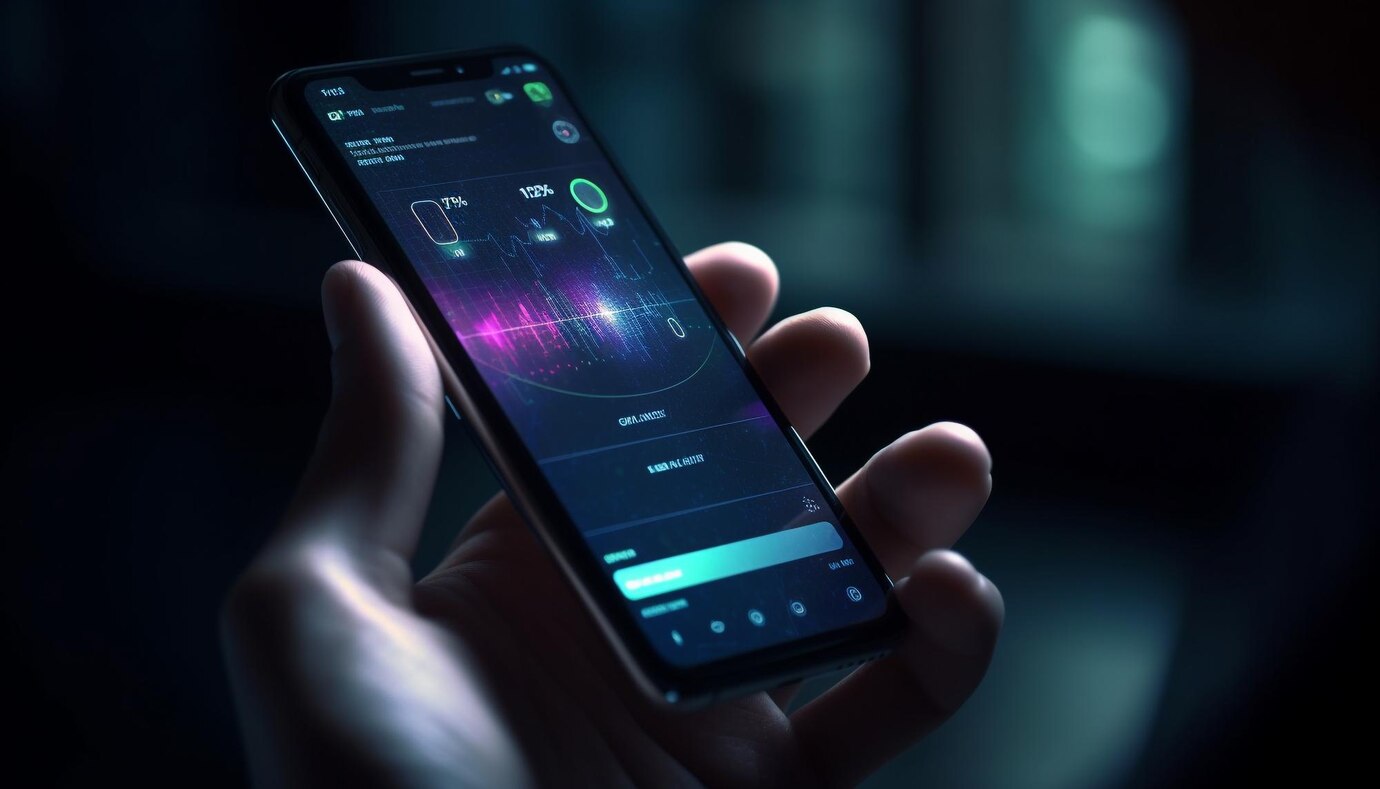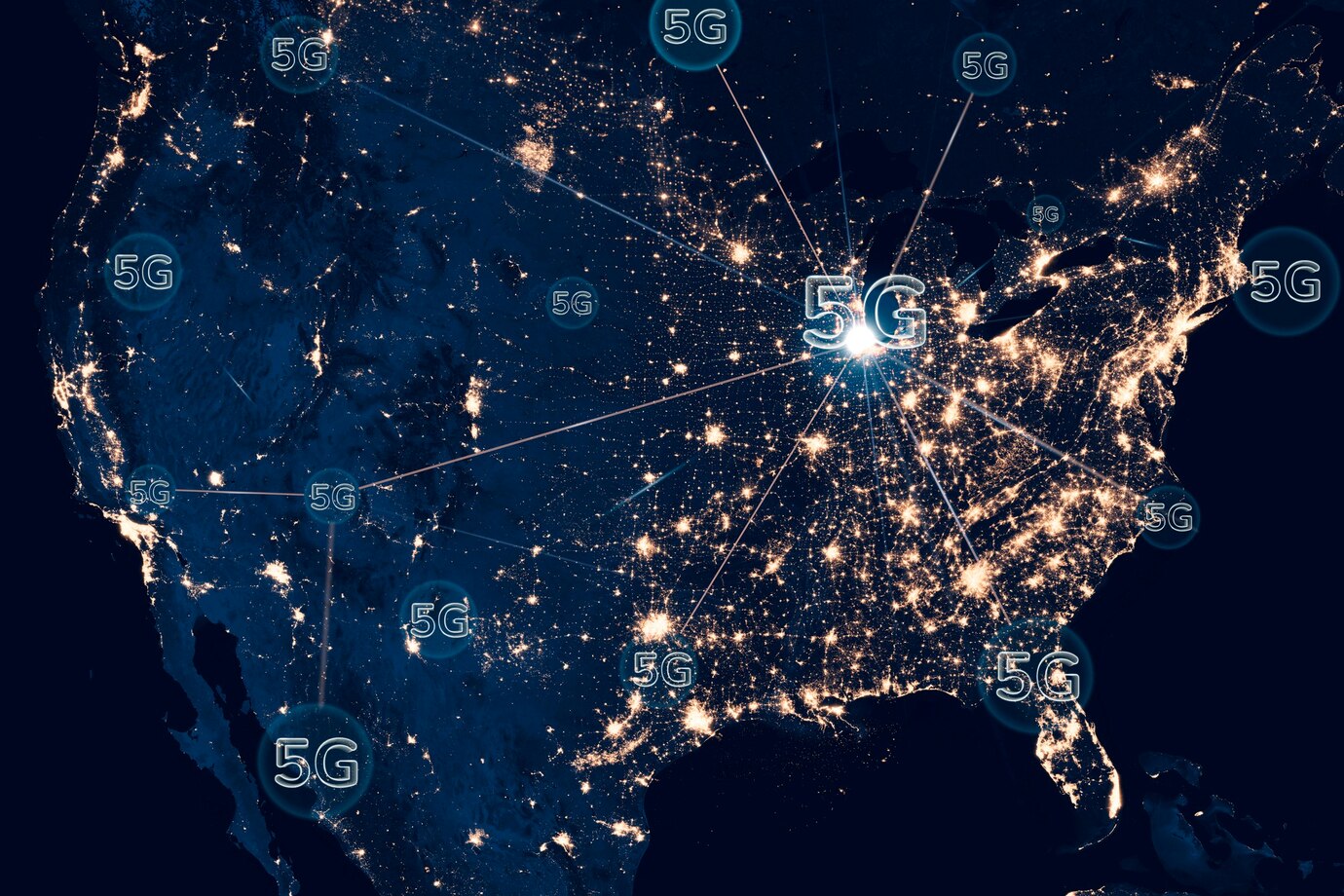The Role of 5G in the Future of Mobile App Development
The rapid advancement of mobile networks has opened new doors for innovation, and 5G, the fifth generation of wireless technology, is at the forefront of this revolution. With its promise of faster speeds, lower latency, and greater connectivity, 5G is set to drastically transform the way mobile applications are developed and used. For mobile app developers, this means new opportunities, challenges, and a need to adapt to the emerging demands of this technology. As 5G continues to roll out globally, it is reshaping the landscape of Mobile App Development in several significant ways.
The Impact of 5G on Mobile App Performance

One of the most noticeable advantages of 5G technology is its speed. Unlike its predecessor, 4G, which offered download speeds of up to 100 Mbps, 5G can provide speeds exceeding 10 Gbps. This increase in speed allows mobile apps to load faster, enabling a seamless user experience. For mobile app developers, this translates to the possibility of creating more complex and data-intensive applications without compromising performance. Apps that require real-time data, such as augmented reality (AR) or virtual reality (VR) applications, will benefit immensely from 5G’s speed, offering smooth experiences without lag.
Mobile app developers will now have the ability to integrate high-definition video streaming, real-time gaming, and other data-heavy features into their apps with much less concern for bandwidth limitations. This means that apps designed for industries like entertainment, gaming, healthcare, and education can push the boundaries of what’s possible, offering immersive experiences that were previously difficult to achieve.
The Role of 5G in Reducing Latency

Another critical feature of 5G is its significantly lower latency compared to previous generations of mobile networks. Latency, the delay between sending and receiving data, is a crucial factor for many mobile applications. For example, applications that rely on real-time interactions, such as video conferencing, online gaming, or remote collaboration, require near-instantaneous communication between the app and the server. With 5G, latency can be reduced to as low as one millisecond, enabling smoother real-time interactions and improving user experience.
For mobile app developers, this reduction in latency opens up new possibilities for app functionality. With less delay in data transmission, apps can provide more accurate location tracking, more responsive control in games, and faster data synchronization across devices. This is particularly important for industries such as healthcare, where real-time data sharing is crucial for telemedicine and remote patient monitoring.
Transforming IoT (Internet of Things) Applications

5G is also expected to revolutionize the Internet of Things (IoT) by enabling a higher density of connected devices. 5G’s ability to handle up to one million devices per square kilometer will have a significant impact on IoT applications. For mobile app developers, this means they can design apps that manage a large number of connected devices, such as smart home appliances, wearables, or connected vehicles, with greater efficiency and reliability.
As more devices become interconnected, mobile apps will need to handle larger volumes of data, process information in real time, and ensure seamless communication between devices. The high-speed, low-latency characteristics of 5G provide the ideal foundation for this type of connectivity. Mobile app developers will need to consider the integration of 5G with IoT in their development processes, ensuring that apps can efficiently manage and process data from a vast array of devices.
Enabling New Business Models and Revenue Streams

The increased capabilities of 5G are also expected to unlock new business models and revenue streams for mobile app developers. With faster speeds and the ability to handle more complex applications, developers can create apps that serve new and emerging markets, such as autonomous vehicles, smart cities, and industrial automation. These industries require apps that can manage massive data transfers in real time, making 5G an essential technology for the future.
Mobile app developers will have the opportunity to create specialized apps that cater to the unique needs of these industries. For example, autonomous vehicle apps may require constant communication with other vehicles and infrastructure, while smart city applications may need to collect and analyze data from thousands of sensors across a city. These types of applications demand the speed, low latency, and high device density capabilities that 5G offers.
Enhancing Augmented Reality (AR) and Virtual Reality (VR) Experiences

As AR and VR technologies continue to gain traction, 5G will play a pivotal role in their widespread adoption. Both AR and VR require high bandwidth and low latency to deliver smooth, immersive experiences. 5G’s capabilities make it possible for mobile apps to support more sophisticated AR and VR features, such as real-time rendering, better graphics, and smoother interactions.
For mobile app developers, this opens up new opportunities to create apps that take full advantage of AR and VR technologies. Whether it’s for gaming, education, virtual tours, or product visualization, developers can now create apps that deliver richer, more engaging experiences. The low latency of 5G ensures that users will not experience the lag or buffering that often disrupts AR and VR applications on 4G networks, making 5G an essential technology for these emerging fields.
Challenges and Considerations for Mobile App Developers

While the opportunities presented by 5G are vast, mobile app developers must also consider several challenges. One of the biggest challenges is ensuring that apps are optimized for 5G networks. Although 5G offers significant improvements in speed and latency, not all users will have access to 5G networks immediately. Developers must ensure that their apps still perform well on older networks, such as 4G, to cater to a broader audience.
Additionally, the increased data speeds and complexity of 5G-powered apps may require developers to rethink their app architecture, data storage, and security protocols. The rapid transmission of large volumes of data could also introduce new security concerns, which developers will need to address to protect users’ privacy and data integrity.
Conclusion

The advent of 5G technology is set to revolutionize Mobile App Development. With its promise of faster speeds, lower latency, and the ability to support a greater number of connected devices, 5G presents both immense opportunities and challenges for mobile app developers. As this technology continues to evolve, developers will need to adapt and innovate, creating apps that leverage 5G’s full potential to deliver faster, more immersive, and highly interactive experiences for users. The future of Mobile App Development is closely tied to the capabilities of 5G, and mobile app developers must be prepared to harness this transformative technology to stay ahead of the curve.






